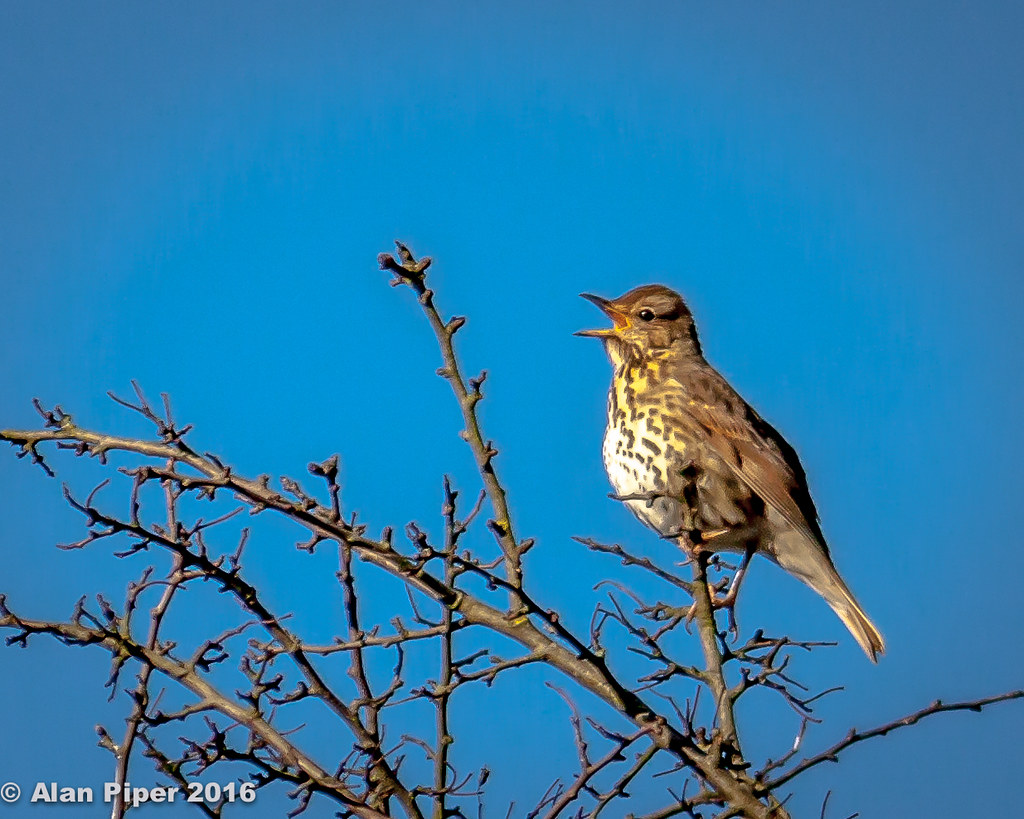… by feeding birds and restoring habitats
.
Gardens are a great place for birds. And this weekend the world’s largest garden wildlife survey gets underway – and it’s very easy to take part:
Big Garden Birdwatch | The RSPB
Gardens might provide great habitat – but the wider reaches of farmland are proving less and less attractive:
Agricultural policies and subsidies developed between the 1970’s and 1990’s encouraged an increase in food productivity and food security. These policies were very successful; however, an unintended consequence was that land use change and intensive farming methods contributed to natural habitat and biodiversity loss. As a result, recent government policy has shifted to support the agricultural sector not only for the production of food, but also for public goods, encompassing food production, biodiversity, and climate change mitigation. One of the most notable impacts on biodiversity, is the decline in the population levels and distributions of farmland bird species.
There are steps that can be taken to improve farmland habitats for birds:
Managing farmland in ways that support bird populations can have a range of positive impacts, not only for bird populations, but also for farm productivity, sustainability, and animal welfare. With the end of the basic payment scheme at the end of 2023 quickly approaching, thinking about making changes that will support farmland birds and the wider farm ecosystem is also likely to help farms prepare for the introduction of the new Sustainable Farming Scheme, due to be introduced from 2025.
Here’s the full report from the Welsh Government’s ‘farming connect’ outfit with two basic recommendations:
Supporting farmland birds: Supplementary feeding and long-term habitat restoration. | Business Wales
There is a specific organisation dedicated to farmland birds:
Farmland Bird Aid Network | Feeding Farmland Birds
The Wildfowl & Wetlands Trust suggests restoring and improving ponds on farmland:
If we want to bring back farmland birds, restore a farmland pond, new research shows | WWT
And an example of restoring and improving wetlands has been happening in East Devon:
Work starts on £15 million Lower Otter Restoration Project – GOV.UK (July 2021)
Northern creek network at Lower Otter site nearly complete – GOV.UK (November 2021)
Finally, farm and garden come together in the feed on offer from Vine House Farm in Lincolnshire:
Vine House Farm | Wild Bird Food and Bird Feeders Direct – Vine House Farm
With lots of useful tips on their social media:
Vine House Farm (@Vinehousefarm) / Twitter
As highlighted by the Wildlife Trusts:
Feeding seed from Vine House Farm Bird Foods, home grown on their wildlife friendly farm in Lincolnshire has enabled tens of thousands of people to experience the joy of wildlife in their gardens. Every purchase raises money for local Wildlife Trusts too. Since 2008, the partnership has raised over £2million, enabling us to help many more people experience the joy of wildlife.
Vine House Farm Bird Foods | The Wildlife Trusts
.
